Aeon Video has a monthly newsletter!
Get curated editors’ picks, peeks behind the scenes, film recommendations and more.
What are you really seeing when you see magnificent images of space?
Since NASA launched the Hubble Space Telescope into low Earth orbit in 1990, it has captured some of the most renowned and awe-inspiring pictures of the cosmos on record. But if you’ve ever been blown away by the dazzling reds, blues and yellows of images such as the ‘Pillars of Creation’, you might be surprised to learn that Hubble captures images only in shades of grey. As this explainer from NASA Goddard Space Flight Center details, the addition of colours during what can be weeks-long image-processing procedures isn’t so much a transformation as it is a translation into new visual languages that humans can understand and even learn from. Featuring some of the most remarkable images that Hubble has captured to date, the video helps us understand how filters and processors offer more than just intergalactic eye candy.
Producer: Miranda Chabot
Website: NASA’s Goddard Space Flight Center

video
Biography and memoir
As her world unravels, Pilar wonders at the ‘sacred geometry’ that gives it structure
20 minutes
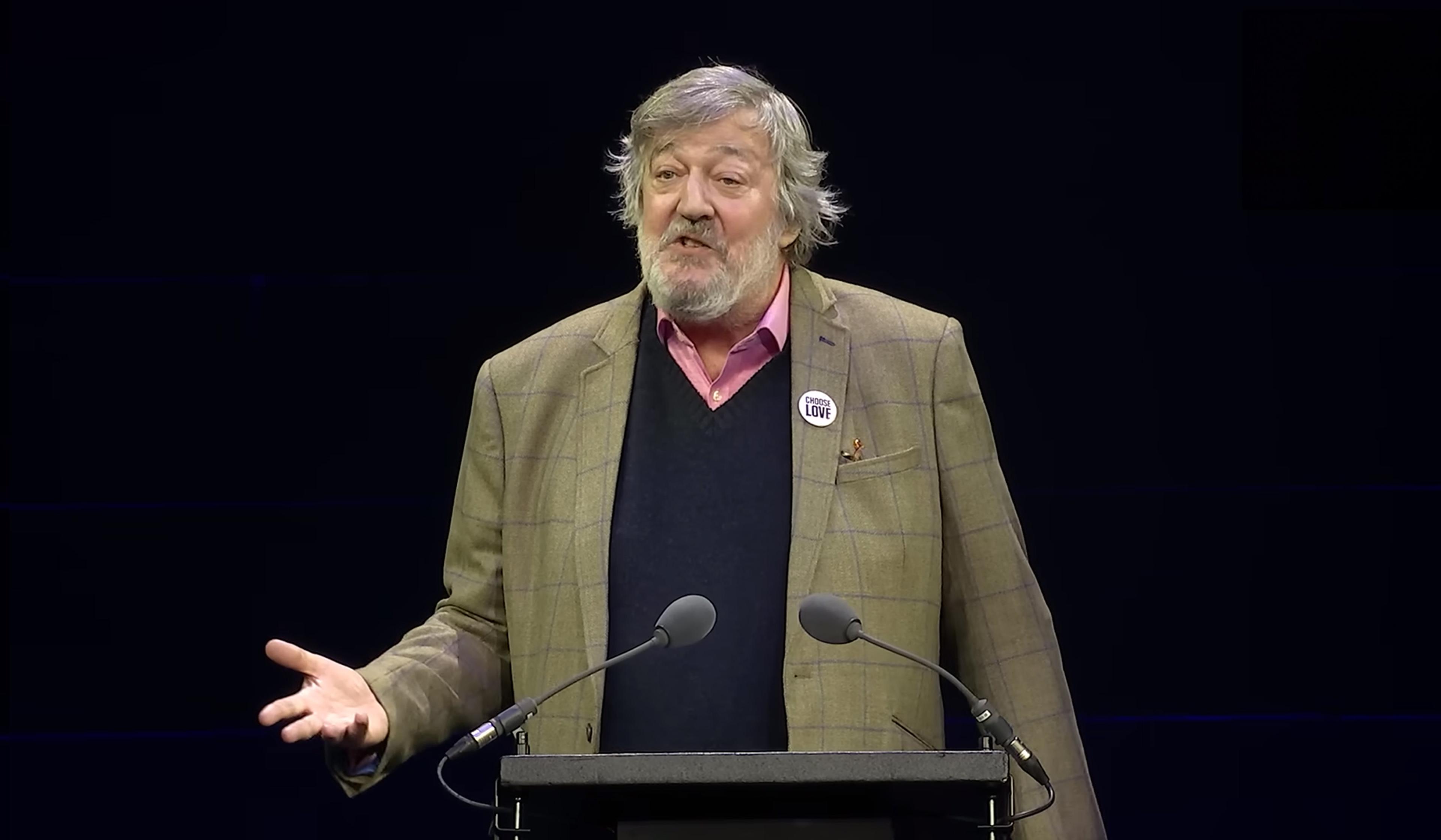
video
Meaning and the good life
Why strive? Stephen Fry reads Nick Cave’s letter on the threat of computed creativity
5 minutes

video
Physics
Find the building blocks of nature within a single, humble snowflake
4 minutes
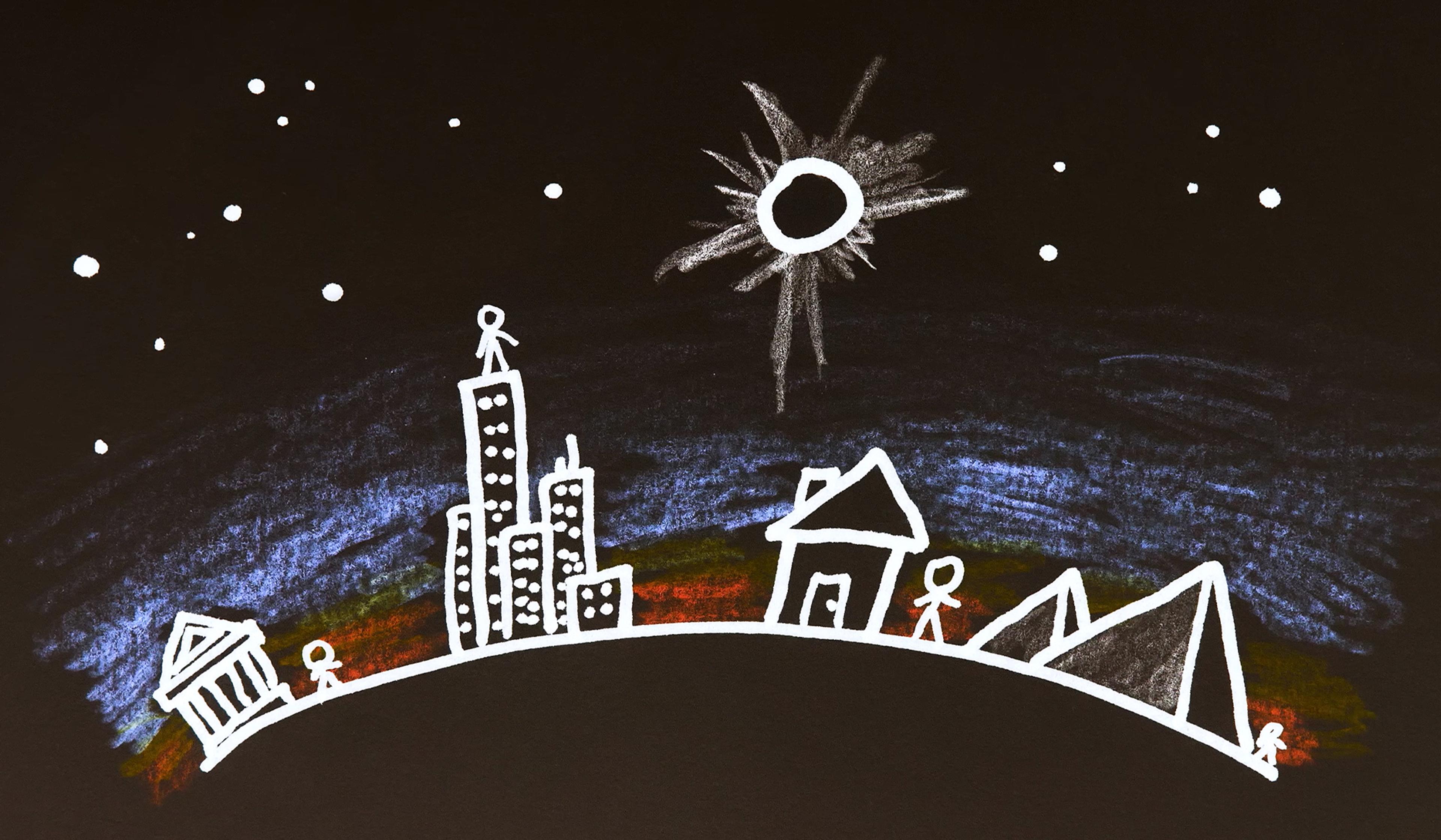
video
Physics
Why the golden age of total solar eclipses is already behind us
5 minutes
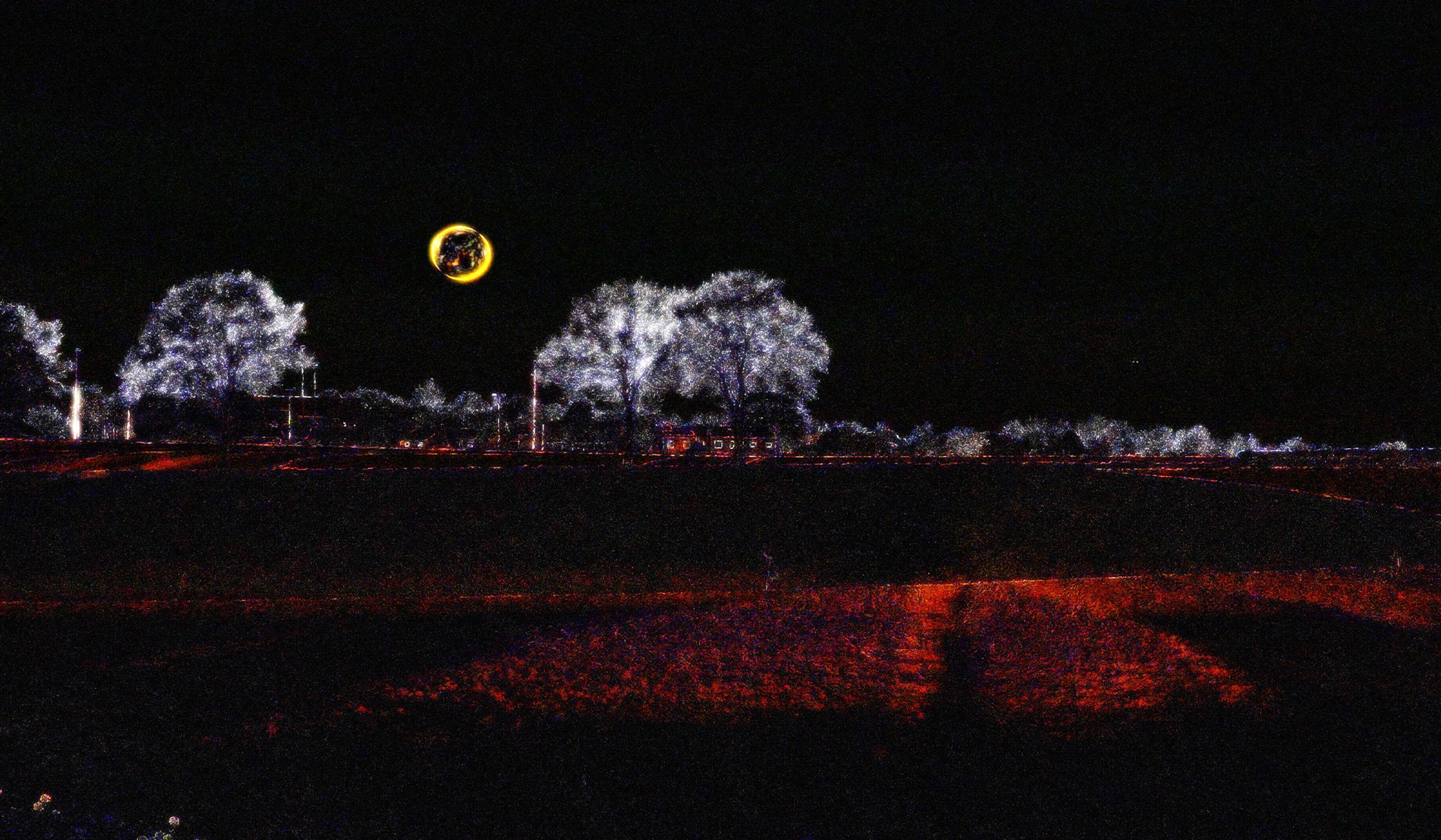
video
Film and visual culture
An augmented-reality filter reveals the hidden movements all around us
7 minutes
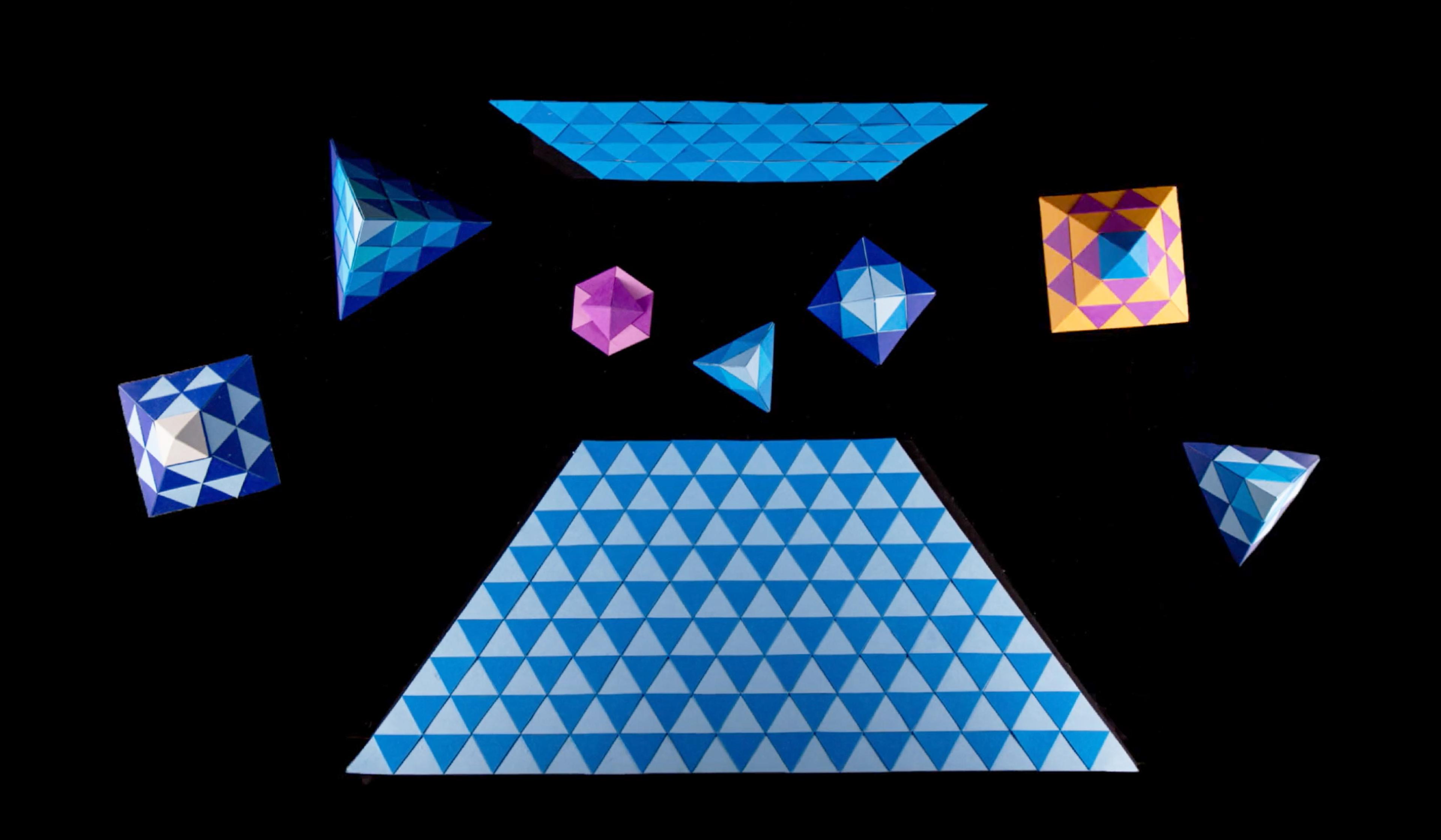
video
Film and visual culture
Stop-motion origami unfurls in a playful exploration of how senses overlap
3 minutes
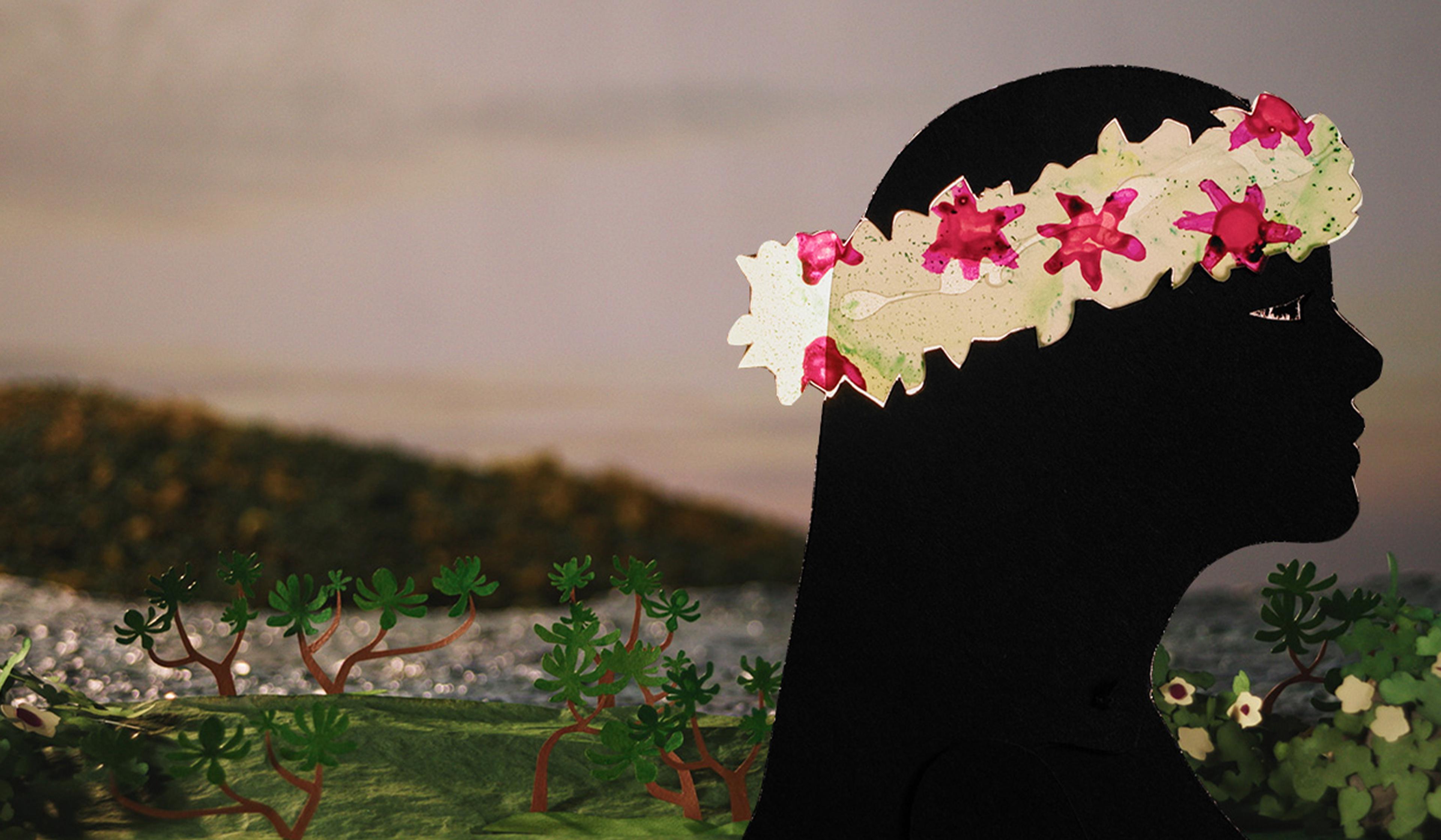
video
Ecology and environmental sciences
The ancient Hawaiian myth that sparked a modern ecological breakthrough
10 minutes
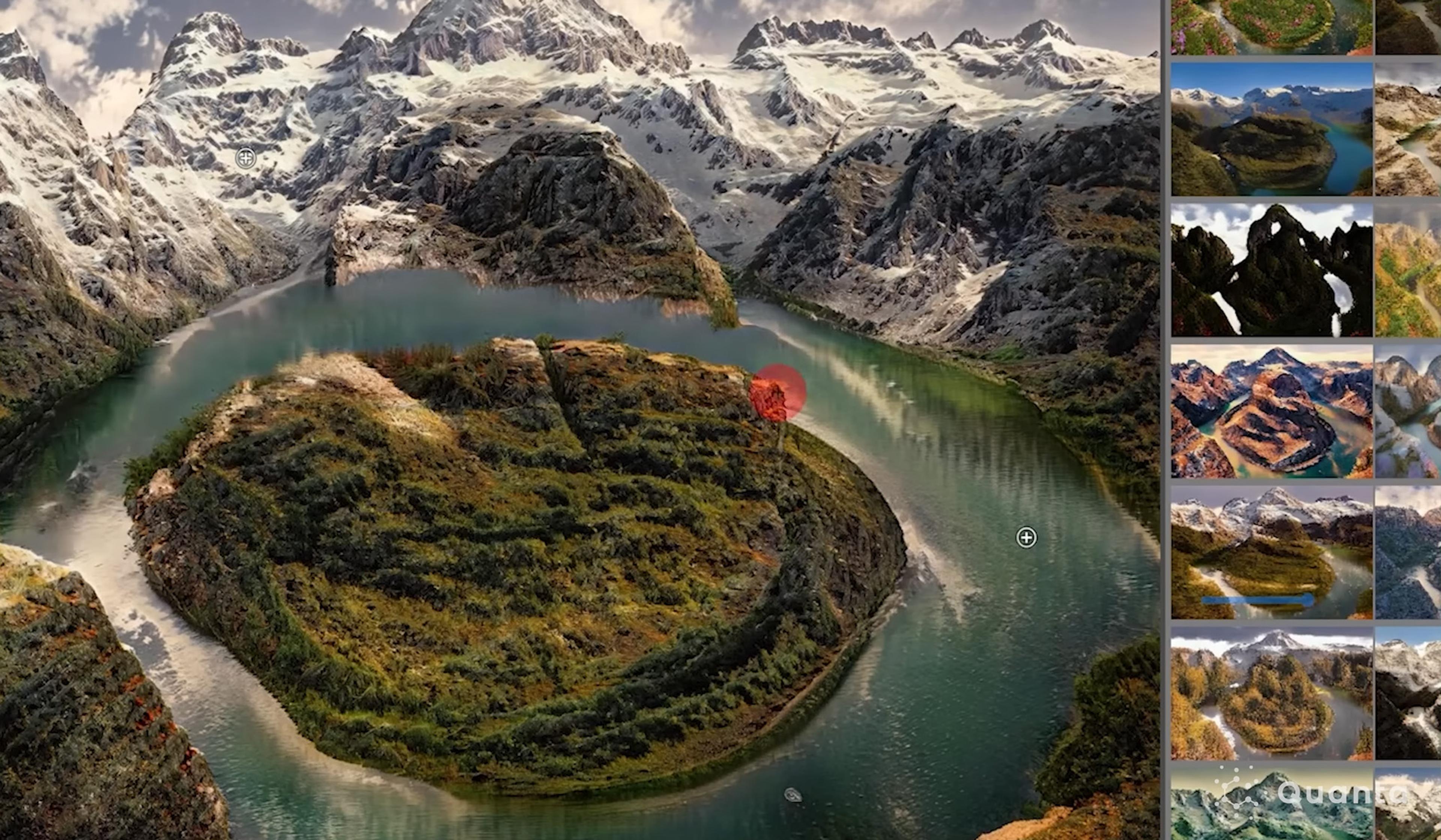
video
Computing and artificial intelligence
A scientist’s poor eyesight helped fuel a revolution in computer ‘vision’
9 minutes
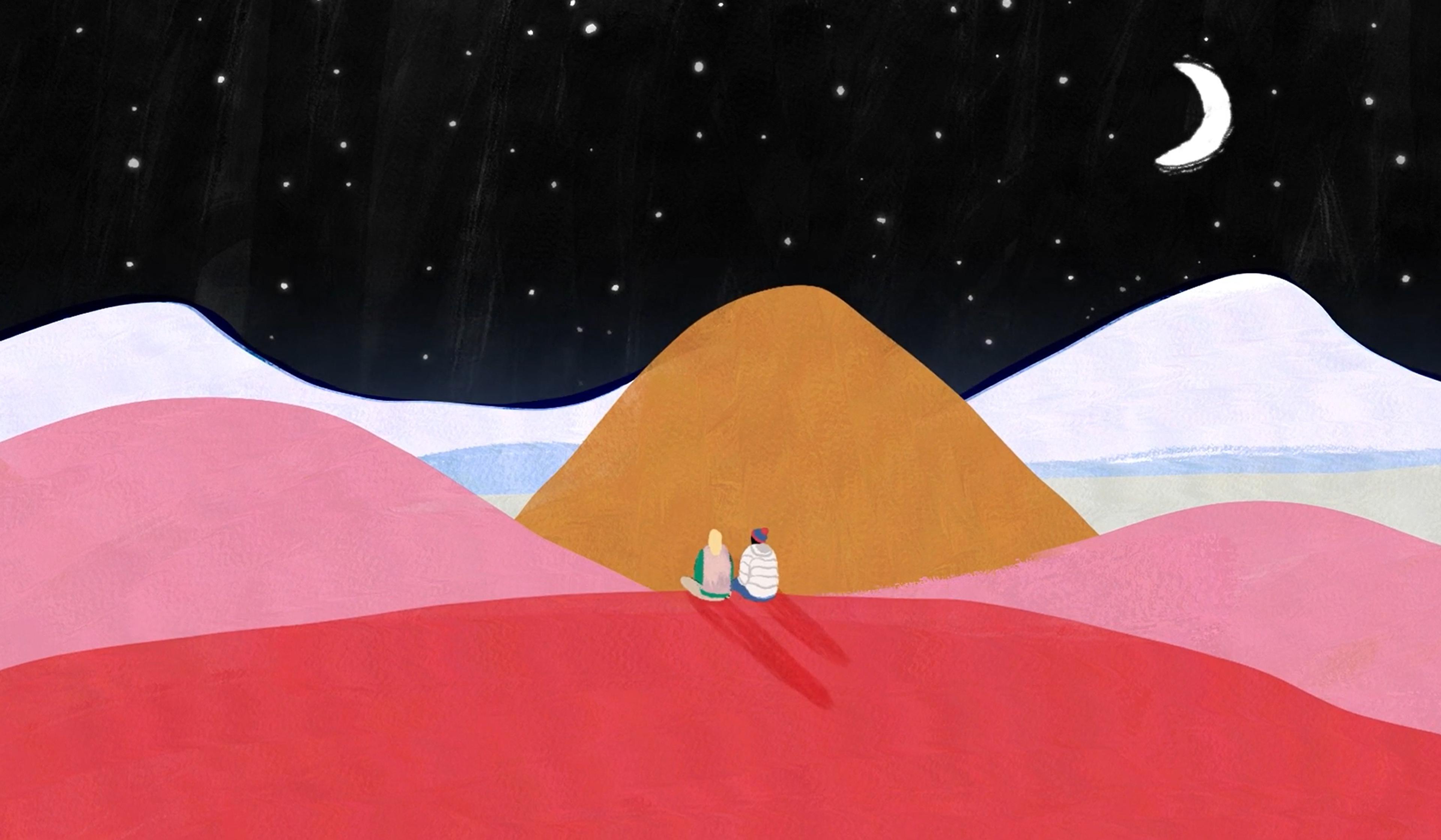
video
Ageing and death
Demystifying death – a palliative care specialist’s practical guide to life’s end
4 minutes